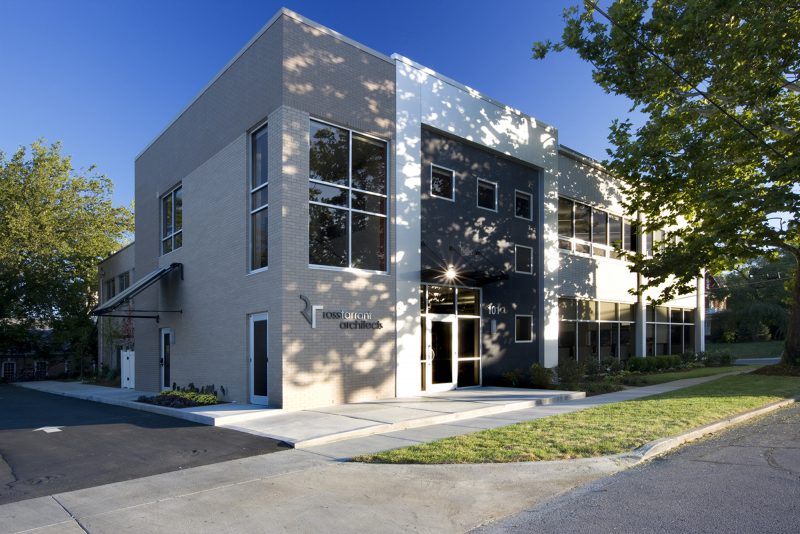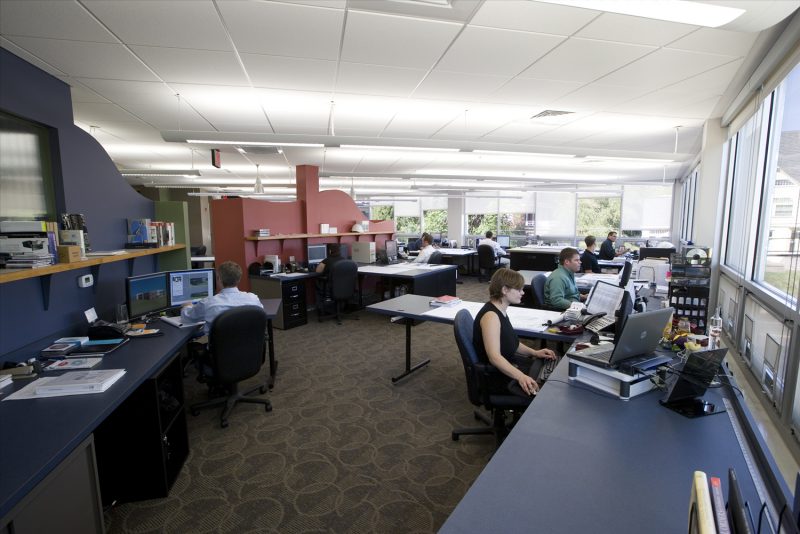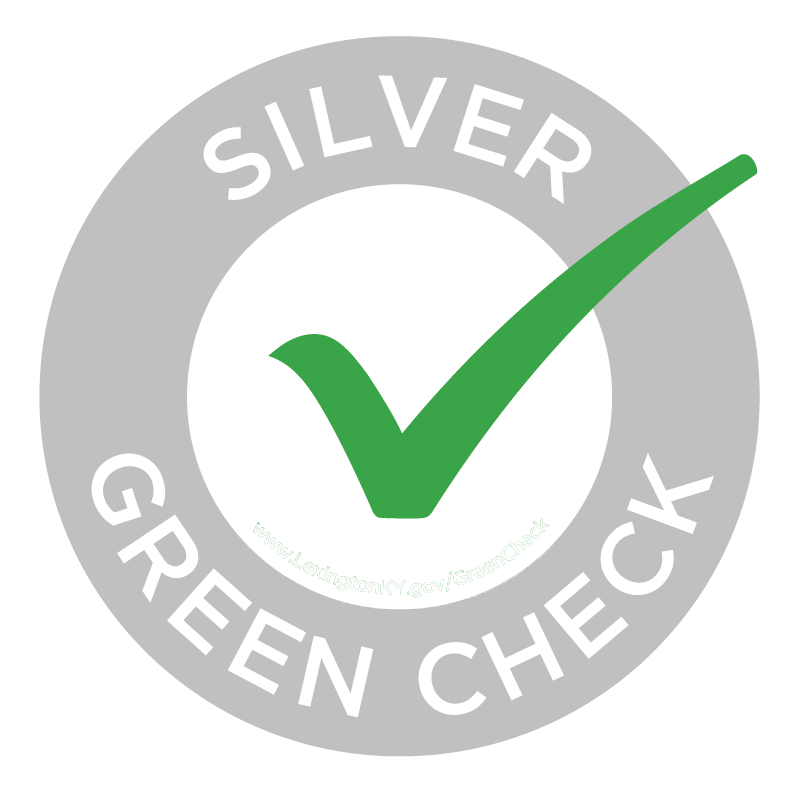RossTarrant Architects, Inc. was founded in 1970. The company began as James A. Ross and Associates, was later incorporated as Ross-Feldman Architects, Inc. in 1987, and was renamed in 1995 when Martha Tarrant became Vice President. The firm has established itself as a specialist in educational design—with educational projects accounting for more than 95 percent of the firm’s workload. With more than 35 years of experience, the firm has completed numerous successful primary, secondary and post-secondary projects across the Commonwealth of Kentucky.
RossTarrant Architects is known for its ability to interpret, design and oversee the construction of quality facilities while responding to diverse program requirements. As our clients will tell you, we have a long history of responding to owner needs with designs that meet their individual goals, schedule and budget. Our original approach to programming and design ensures that each project has distinctive qualities which go beyond the building components. Our ability to synthesize the basic facility elements into an attractive, cohesive design results in projects which continue to serve our clients effectively both now and well into the future.
Current Sustainable Practices
Below are the initiatives Ross Tarrant has completed on the Green Check scorecard.
Sustainability Management and the Green Team
- Designate a Sustainability Coordinator or Green Team responsible for managing sustainability initiatives.
- Hold quarterly Green Team meetings.
- Provide time for quarterly updates from Sustainability Coordinator in upper management meetings.
Awareness, Education, and Outreach
- Include sustainability tips in a monthly newsletter.
- Provide a sustainability information board in a common area such as a break room or kitchen.
- Include a sustainability statement and training in all new hire materials.
- Host annual trainings or workshops to educate employees about sustainability issues, policies and procedures.
- Promote sustainability accomplishments in external marketing materials (website, social media, newsletter, press releases, TV/radio ads).
- Highlight sustainability efforts or initiatives at career fairs or career days.
- Host an environmental event at your location.
- Sponsor an environmental booth at an existing community event.
- Participate in a present or attend sustainability workshop.
- Host a Green Check information session.
Energy Efficiency
- Establish a power-down policy and checklist that includes items such as shutting off lights at night.
- Set water heater thermostats to a maximum of 120 degrees or install an inline water heater.
- Replace incandescent lights with compact fluorescent lights (CFLs)- 75-100% replacement.
- Replace incandescent or CFL lights with LED lights 25-50% replacement.
- Upgrade all Exit signs to LED.
- Delamp vending machines.
- Establish a regular filter maintenance policy for your HVAC system.
- Have your HVAC system evaluated every 2 years by a certified service provider.
- Establish a policy for purchasing that requires Energy Star rated appliances and electronics.
- Establish a dress code that encourages employees to dress for thermal comfort.
- Install programmable thermostats and use them to adjust temperature during unoccupied hours.
- Install occupancy sensors in bathrooms, meeting room, and other infrequently used areas.
- Insulate roof to control energy loss.
- Take measures to insulate HVAC system and ductwork to minimize heat loss.
- Assess building envelope and address any leaks.
- Perform external lighting audit.
- Daylight work spaces wherever possible.
Waste Reduction and Recycling
- Implement a basic recycling program.
- Provide clearly marked recycling bins at work stations and/or in common areas. Recycling bins must be paired with a waste bin.
- Train and require janitorial service or staff responsible for cleaning to segregate waste and recyclable materials.
- Use reusable mugs and dishware instead of disposable plates, cups, and utensils.
- Establish a policy for environmentally friendly printing such as twosided printing, reusing copy paper, and electronic document sharing.
- Develop or participate in an existing composting program.
Water Conservation
- Assess, track, and document water consumption using Energy Star Portfolio Manager or similar program.
- Conduct a water audit within the last three years. Monitor and record water usage, check indoor and outdoor pipes and fixtures for drips and leaks.
- Install water efficient faucets in all of the restrooms.
- Install water efficient toilets in all of the restrooms.
Water Quality
- Establish a policy for proper disposal of fats, oils, and grease, distribute to staff, and post in key areas.
- Perform a stormwater pollution survey on your property with BGGS staff or other qualified professional.
- Install outdoor ash trays to prevent cigarette litter, and make pocket ash trays available to staff who smoke.
- Before washing parking lots, sweep debris/litter and do not use cleaners.
Urban Forestry and Landscapes
- Establish a sustainability statement for landscape contracts.
- Establish environmentally friendly lawn care policies to reduce chemical pesticide and fertilizer use.
- Plant a pollinator garden.
- Audit irrigation system for leaks (within last three years).
- Adjust irrigation system to water during cool periods.
Sustainable Purchasing
- Establish a policy for reducing the toxic chemicals/materials in your workplace.
- Establish a policy to purchase non-Styrofoam cups and plates for use at the workplace or at events.
- Establish a policy for purchasing environmentally-friendly cleaning products.
Transportation Efficiency
- Establish and implement a no-idling policy.
- Conduct a commuter or employee transportation survey.
- Adopt a telecommuting option and make it available to employees.
- Install a bike rack with sufficient space for at least 10% of your employees.
- Install weather-protected bike storage (indoor or outdoor).
- Place bicycle storage closer than any other designated parking spot.
Innovation
- Become LEED certified.
- Become Energy Star certified.
- Install a permeable parking lot.
- Install a 300-gallon or above water catchment system.
- Generate energy from renewable resources such as solar or wind power on-site.










